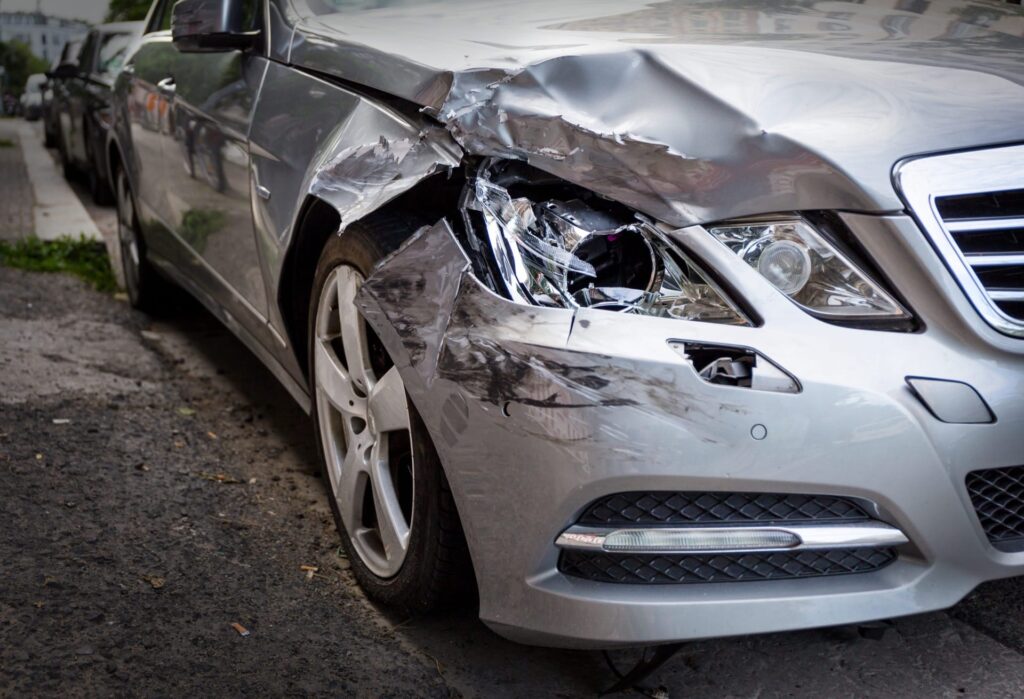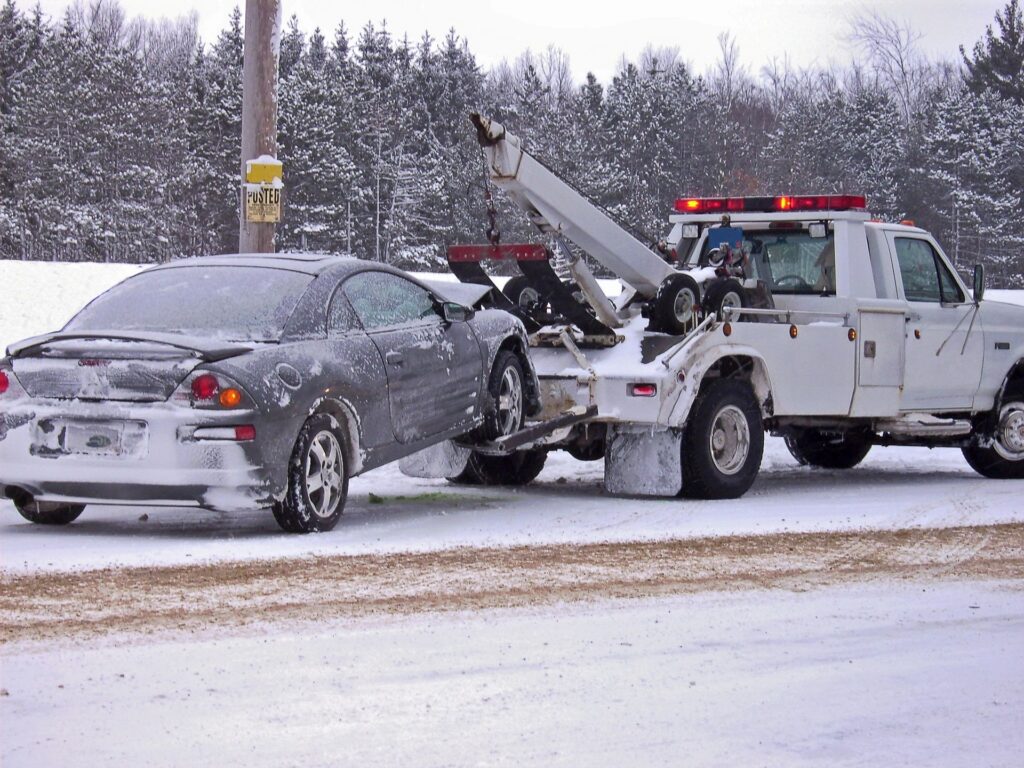One of the most used guidelines to help drivers maintain a safe following distance between their vehicle and another is the three-second rule. This rule, or rather technique, is a calculating method used to measure a safe distance based on the time it takes for a vehicle to reach the same point as the one in front of it.

Although the three-second rule is useful in preventing rear-end collisions, in certain situations, it must be adapted and changed to ensure the safety and efficiency of the driver. Here is what you should know about the three-second rule in driving.
Using the Three-Second Rule While Driving
You can use the three-second rule in most situations, starting by selecting a fixed point on the road. For example, you can use a line on the pavement, a road sign, or anything that has a fixed position that the vehicle in front of you will pass.
Once you have selected a fixed point, start counting as soon as the vehicle in front passes that fixed point. Once you have counted to three seconds, ake note of when your vehicle passes the fixed point.
If you pass that point before reaching number three, you are breaking the three-second rule. Your vehicle shouldn’t reach the fixed point by the time you count to three because if it does, it most likely means that you are following too closely and should increase your following distance.
The three-second rule is meant to provide a buffer of time and distance between vehicles as it allows drivers to adjust and react to any sudden changes in the traffic ahead, such as swerving vehicles, obstacles, or braking vehicles.
Adapting the Three-Second Rule in Various Situations
Although the three-second rule is a general guideline that you can follow to adjust your distance and ensure safe driving behavior, you must also consider certain factors such as road conditions, weather conditions, or traffic density.
In those cases, it is important to adjust the three-second rule and further increase the following distance to allow for a longer reaction time, as rain or poor visibility can reduce your reaction time.
Of course, in low-speed traffic, it isn’t feasible to use the three-second rule. However, outside these situations, it is always advisable to consider that the faster a vehicle moves, the more time and space a driver needs to slow down.
Understanding Fault in Rear-End Collisions
Although the three-second rule is a useful guideline in preventing rear-end collisions, you should always ensure enough time to react and stop your vehicle safely. Adhering to and adapting to this rule will increase your safety while driving and reduce the risk of accidents caused by tailgating or following too closely.
However, rear-end collisions aren’t always preventable, even with the three-second rule, and unfortunately, in most states, rear-end collision accidents are often attributed to the trailing driver instead of the leading driver.
The logic for this reasoning is that drivers have a duty of care to avoid colliding with the vehicles in front of them even if the leading driver unexpectedly brakes or slows down.
Trailing drivers are responsible for leaving enough safe space between them and the leading driver to account for unexpected braking. However, there are also instances where the leading driver can share some or all the blame for the rear-end collision.
When Is the Leading Driver At Fault for a Rear-End Collision?
In rare instances, the leading driver can also be found entirely or partially responsible for the rear-end collision. For example, if the leading driver has malfunctioning brake lights, they can be assigned a percentage of fault depending on where the accident occurred and the applicable laws.
If a leading driver does not have their lights turned on, fails to signal the driver behind them, or brakes suddenly without reason, they can be held responsible for the accident. The leading driver is responsible for warning the trailing driver with their brake lights if they are about to slow down or stop.

Establishing Liability in Rear-End Collisions
Establishing liability in rear-end collisions isn’t always easy, as various factors need to be considered. In states such as California, where comparative negligence laws apply, trailing drivers might be able to recover some or all of their compensation, depending on the circumstances of their case and the available evidence.
In states where both drivers cannot be compensated in relation to their assigned percentage of fault, trailing drivers are rarely compensated for the rear-end collision unless there is sufficient evidence to prove the leading driver’s negligent behavior.
This is why leaving enough space and time to slow down or stop a vehicle is essential, and the three-second rule can make a huge difference. If you have been involved in a rear-end collision with another driver, and the resulting damages are high, or you suffered injuries, you should consider contacting a car accident lawyer.
Legal Representation in Rear-End Collisions
Motor vehicle lawyers can help trailing or leading drivers involved in rear-end collisions seek justice and compensation for their damages and other losses. A lawyer well-versed in personal injury law can provide car accident victims with legal advice and guidance specific to their case.
By assessing the strength of your case, an attorney can help you understand if you have the legal grounds to pursue compensation for your damages and help you with the investigation process of the rear-end collision.
At The Roberts | Jeandron Law Firm, our lawyers can help you with the gathering of evidence such as witness statements, photographs, video footage, and accident and medical reports. We understand that in rear-end collisions, liability is often presumed to lie with the driver who struck the leading vehicle from behind.
However, that doesn’t always mean the trailing driver is completely at fault for the incident. By analyzing the circumstances, facts, and evidence of your case, our attorneys can help you prove negligence on the part of the other driver, negotiate with insurance companies, and advocate for your rights. Contact our law firm today for a free consultation on your case and learn more about liability in rear-end collisions.

 By:
By: